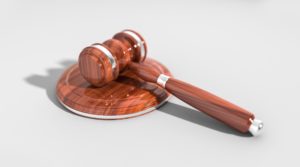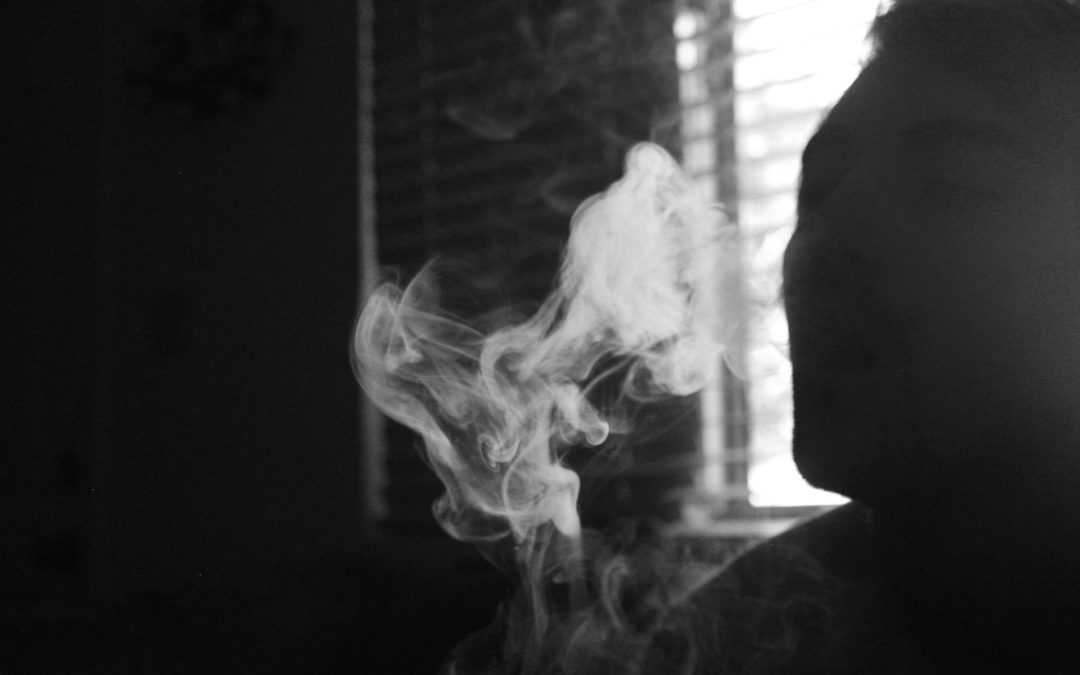The Opioid Epidemic isn’t the first drug epidemic that has harmed leagues of people in the United States. The first was perpetuated against the native nations on the continent. For years on end, Indigenous people and their leaders were regularly plied with alcohol until they gave in to signing over their lands and their independence. Later, White Americans, too, were affected by a plague of alcoholism, and Dr. Benjamin Rush was one of the first American alcohol advocates to suggest that alcoholism is a disease, and needed to be treated as a sickness, instead of a moral failure. During the rise of Dr. Rush, Native nations began to form sober circles of people committed to protecting themselves from the evils of alcohol.
Dr. Rush slowly understood what his contemporaries and those who came after him missed: ‘drunks,’ as they were called then, can’t help themselves, and need to drink. Even when sober, ‘drunks’ could still have a difficult time navigating life and managing their stress. He also understood that this meant that special accommodations were required to fairly and humanely address their issues. Dr. Rush would be proud to know that his observation has been taken seriously, and special accomodations eventually created to deal with the illness of alcoholism.
It took until 1989 for Rush’s recommendation to come to fruition in the legal system. The Crack Epidemic of the late 1970s and 1980s exploded in New York City, but there were strong waves through the country during this time period. Major cities all over the country were affected, and looking desperately for a way to handle the enormous caseload on the different cities’ and towns’ jurisdictions. With the establishment of the first drug court in Miami, a movement began that revolved around a fresh way of seeing addiction overall, including alcoholism, as a treatable condition that afforded a return to a healthy, productive life, once alleviated. Unfortunately, hundreds had to die before local governments were finally able to scramble together, evaluate their resources, and take the necessary steps to lead their communities out of the grasp of addiction.
What are Drug Courts?
 Drug courts, sometimes called, ‘treatment courts,’ are an alternative to the traditional, black-and-white justice system typically responsible for prosecuting criminals. Drug courts focus on the necessary rehabilitation of people who are addicted to drugs and alcohol. It’s no secret that drugs, with the exception of alcohol, tobacco, and in some states, marijuana, are highly illegal, both at state and federal levels, and each offense carries at least a prison term. Whether the term will be served in local or state jails depends on the offender, the state, and the statute. But after years of jailing people living with addiction only to watch them return to society, and continue down their dark path, something had to be done. The end of the 1980s couldn’t come soon enough – in 1989, the first specialized court to address the legal difficulties of people living with drug addiction opened, and almost immediately, filled. Those referred to drug courts were typically non-violent offenders, varying in age and race.
Drug courts, sometimes called, ‘treatment courts,’ are an alternative to the traditional, black-and-white justice system typically responsible for prosecuting criminals. Drug courts focus on the necessary rehabilitation of people who are addicted to drugs and alcohol. It’s no secret that drugs, with the exception of alcohol, tobacco, and in some states, marijuana, are highly illegal, both at state and federal levels, and each offense carries at least a prison term. Whether the term will be served in local or state jails depends on the offender, the state, and the statute. But after years of jailing people living with addiction only to watch them return to society, and continue down their dark path, something had to be done. The end of the 1980s couldn’t come soon enough – in 1989, the first specialized court to address the legal difficulties of people living with drug addiction opened, and almost immediately, filled. Those referred to drug courts were typically non-violent offenders, varying in age and race.
Drug courts are headed by judges, like any regular court, but the judges in drug courts are specifically tasked with ordering treatment and seeing patients regularly to verify that they are still responding to their mandated treatment. If the treatment isn’t completed due to forces within the control of the patient (i.e., relapse, occasional use, use of other drugs, not cooperating with probation and local officers for drug testing), jail time is usually waiting on the other side of the refusals.
Do Drug Courts Work?
Despite initial difficulties that may be present as a person is slowly absorbed into the legal system, drug courts were a huge turning point in the 1980s War on Drugs. It wasn’t long before Miami’s success was noticed by other municipalities. It’s safe to say that, at least within the legal system, drug courts were a place where the perception of people living with addiction slowly shifted from hostility to compassion and openness. For the first time since Dr. Benjamin Rush recommended treatment houses for people living with alcoholism, one of the many United States Legal Systems opted for treatment over prosecution and persecution. What Dr. Rush could never have predicted is the success of these courts: approximately three-quarters of people living with addiction complete their court-mandated treatment program, and remain clean and sober for years after.
What’s Not to Love?
Criticisms include allowing judges, not doctors, to make decisions about treatment for people living with addictions. This includes people with powerful opioid addictions. Judges have used their power, at times, to forbid any type of unfamiliar medicine – for example, if a patient is being treated with methadone, an opioid treatment known for its own addictive properties, a judge has the power to forbid this patient entry to drug courts based on that fact. Activists, rehabilitation industry workers, and people living with addiction themselves have spoken for years about this issue, particularly when it comes to people living with opioid addiction: they may not survive without a maintenance drug to assist with the extreme drug cravings and withdrawal symptoms.
While many judges understand and appreciate the struggle addicted people have while separating themselves from drugs, many do not. This is what creates a disconnect from the fact that medicinal therapies are necessary to detox those living with severe addiction, and what the judges would ideally like to see in their jurisdictions. Former California Governor Jerry Brown was reticent to remove incarceration as a punishment for some drug offenders – he felt that this is a move that could disempower the courts, and endanger those who might read it as a free-for-all, and raise the amount of drugs used, instead of reducing overall drug use in California.
As part of drug court, a judge will refer a patient to a facility, but it may be possible to have your choice of reputable facilities. Either way, drug courts are one of the many options available to reduce the harm felt of drug addiction felt all over.

